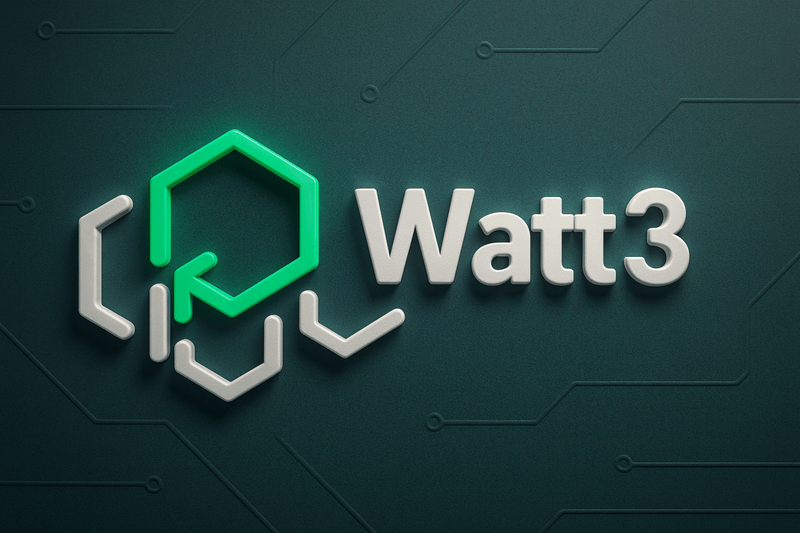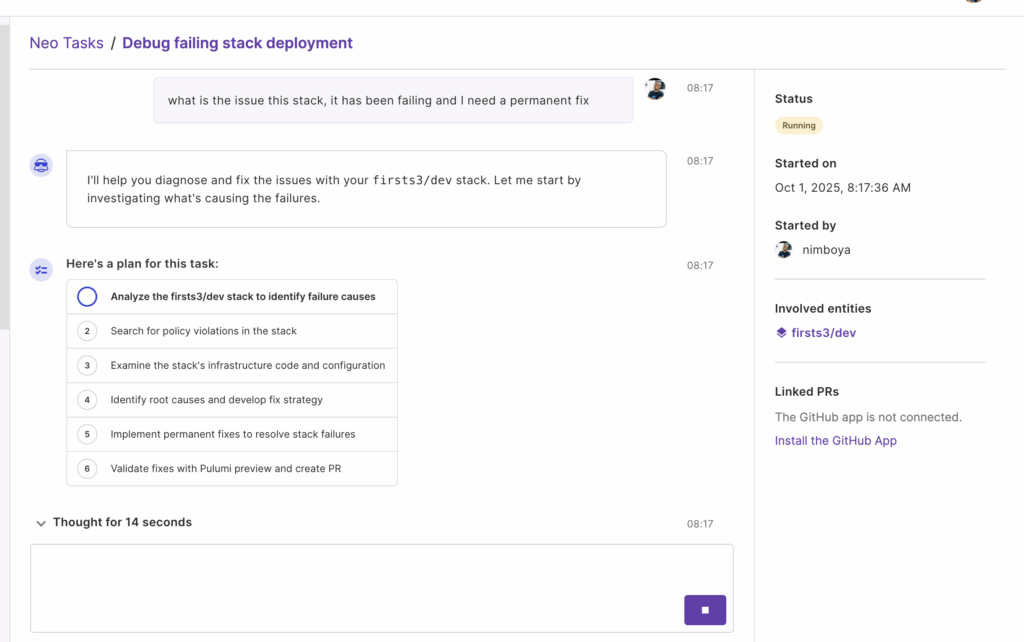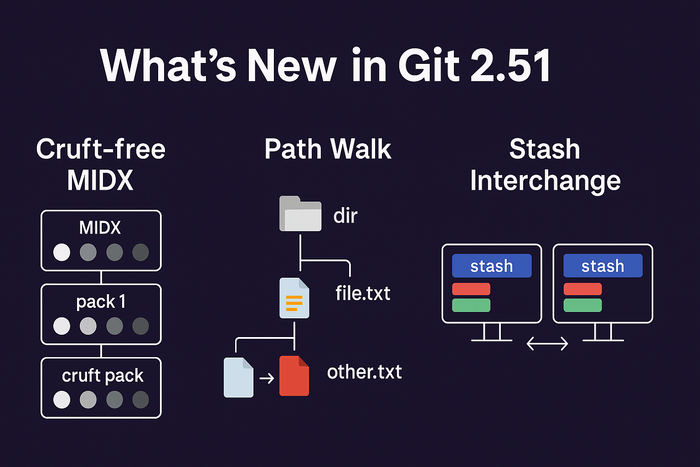As an experienced DevOps Engineer with over ten years of deploying APIs, microservices, and full-stack applications, I am always on the lookout for tools that make development simpler, faster, and more production-ready. Recently, I stumbled on Watt—a Node.js application server that completely reimagines how we build, deploy, and scale Node.js applications.
With the release of Watt 3 (wattpm v3.0.0), this project isn’t just another framework. It’s a bold attempt to unify the fragmented world of Node.js servers, frameworks, and deployment practices. Let’s dive into what Watt is, what makes it different, and how you can get started today.
What Is Watt?
At its core, Watt is an extensible Node.js application server that lets you build and run multiple services—databases, APIs, frontend frameworks, and gateways—inside a single unified runtime.
Unlike traditional Node.js frameworks such as Express or Fastify, Watt is not just about handling HTTP requests. It’s about composing entire applications—from REST and GraphQL APIs to frontend frameworks like Next.js, Astro, Remix, or Vite—with built-in observability, deployment, and scaling. Think of Watt as the “operating system” for your Node.js apps: it manages applications, capabilities, and integrations, while still giving you the flexibility to code your own logic.
What Makes Watt Different?
Here are the standout features that make Watt unique compared to existing Node.js servers:
1. One Server, Multiple Services
Instead of running separate processes for your API, frontend, and database services, Watt allows you to run them all under one application server. This means simplified orchestration, less DevOps overhead, and unified monitoring.
2. Built-in Observability
Most Node.js apps require stitching together logging, metrics, and tracing libraries. Watt ships with logging, metrics, health checks, and tracing out of the box, giving you visibility from day one.
3. Composable Architecture
Watt introduces capabilities extensible building blocks for APIs, databases, gateways, and frontends. You can plug and play capabilities to tailor your application server exactly to your needs.
4. Framework Integration
Seamlessly run Next.js, Astro, Remix, or Vite alongside your Node.js APIs in the same runtime. No extra servers, no complicated reverse proxies—just integrated full-stack development.
5. TypeScript First
Thanks to native type stripping, Watt executes TypeScript directly without the traditional compile step. You get instant feedback loops with all the benefits of type safety.
6. Production-Ready by Default
With Docker support, environment configuration, scaling features, and CLI tooling, Watt is built with production in mind. You can move from development to deployment without rewriting your setup.
What’s New in Watt 3?
The latest version, Watt 3, is a massive step forward. Here are the highlights:
- Parallel Startup & Shutdown: Applications start in parallel, cutting startup times from 45s to 15s for complex setups.
- Gateway (formerly Composer): A full-featured API gateway with advanced routing, proxying, and load balancing.
- Massimo Client SDK: Extracted into a standalone project for auto-generated, type-safe API clients.
- wattpm-utils CLI: Utility functions split into a separate package for modularity and security.
- Native TypeScript Support: Instant execution of
.tsfiles with Node.js type stripping—no transpilation needed. - Unified CLI: One CLI (
wattpm) replaces multiple fragmented CLIs, simplifying developer workflows. - Modern Architecture: ESM-only, Node.js 22+ support, and cleaner abstractions for capabilities and applications.
This isn’t just a minor release; it’s a re-architecture of the entire platform, setting Watt up for the future of Node.js development.
Watt vs Traditional Node.js Servers
Let’s compare Watt with what we’re used to:
| Feature | Express/Fastify | Watt |
|---|---|---|
| HTTP Routing | ✅ Yes | ✅ Yes |
| API Composition | ❌ External tools needed | ✅ Built-in Gateway |
| Observability | ❌ Third-party libraries | ✅ Native logging, metrics, tracing |
| Database APIs | ❌ Manual setup | ✅ Auto-generated REST/GraphQL |
| Frontend Hosting | ❌ Separate server needed | ✅ Built-in framework support |
| TypeScript | ❌ Requires build tools | ✅ Native type stripping |
| Deployment | ❌ Manual (PM2, Docker, etc.) | ✅ Built-in Docker + CLI |
Simply put: Watt reduces boilerplate, glues together the fragmented Node.js ecosystem, and gives you production-ready patterns by default.
👨💻 Getting Started with Watt
Here’s how you can get your first Watt app running in just 2 minutes.
Install Watt
npm install -g wattpm
Create Your First App
npx wattpm create my-first-app
cd my-first-app && npm start
Visit:
👉 http://localhost:3042
Out of the box, you’ll have auto-generated REST and GraphQL APIs, logging enabled, and a development server running.
🔄 Migrating Existing Apps
If you already have an Express, Fastify, or Next.js app, Watt makes migration easy:
# In your project directory
npx wattpm create
This generates configuration files (watt.json, .env) and wraps your app with Watts’ features—logging, observability, multi-threading, and orchestration. You can continue writing your existing code while Watt handles the heavy lifting.
🏢 Watt for Teams & Enterprises
For larger teams, Watt also offers enterprise-grade features via Platformatic for Teams:
- Centralized monitoring & deployment
- Governance and security tools
- Scaling strategies for production clusters
This makes Watt not just for hobby projects but also for mission-critical, production-scale workloads.
🔮 Why Watt Matters for Node.js Developers
Node.js has always been flexible, but with flexibility comes complexity: piecing together frameworks, loggers, API layers, and deployment scripts.
Watt changes the game by giving developers a batteries-included, production-ready application server. It’s not trying to replace Express or Fastify, but to integrate them into a cohesive ecosystem that simplifies our workflows.
For developers, this means:
- Faster feedback loops (parallel startup, TypeScript without builds)
- Simplified operations (logging, monitoring, scaling, unified CLI)
- Cleaner mental models (applications + capabilities instead of ad-hoc scripts)
For companies, it means:
- Reduced DevOps overhead
- Better production reliability
- Future-proof architecture
Conclusion
I believe Watt is one of the most promising evolutions in the Node.js ecosystem in recent years. By combining the flexibility of Node.js with the convenience of a full-featured application server, it empowers developers to focus less on plumbing and more on building. If you’re tired of stitching together frameworks, libraries, and deployment scripts just to get an app running in production, Watt 3 is worth a serious look.
👉 Give it a try:
npx create-wattpm@latest my-app
Your future Node.js projects might just thank you.
You can learn more from the Official GitHub repo here. See the official blog post for the Watt 3 launch.






